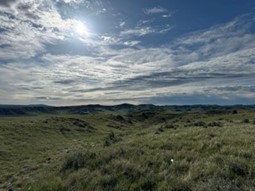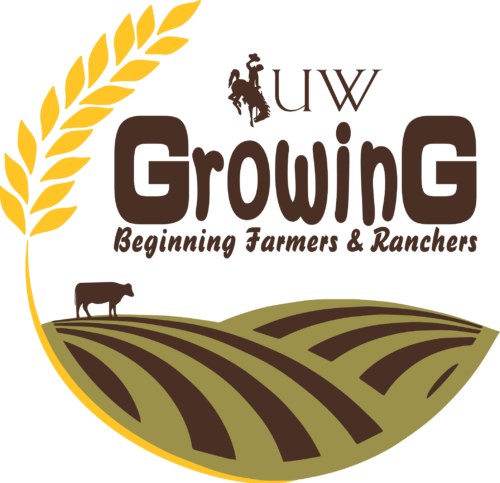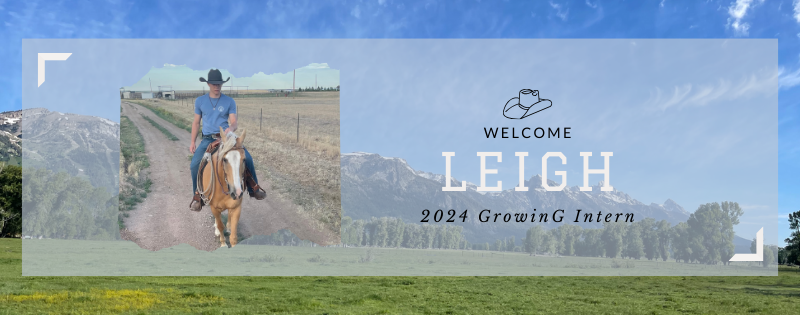New Lessons
#bfrdpwy #aginternship #RightRisk

When I first arrived at the Kane Ranch, I thought I had a pretty good handle on a lot of this—I’d raised my own (small) cattle herd for a few years back home, I’d done a little bit of work horseback, and I knew my way around a ranch, for the most part. I figured most of the learning I had to do would come in the form of how to run on BLM land, leasing, any specifics to large-scale cattle operations, and a few botany lessons.
To put it the cowboy way, I don’t know a damn thing.
That’s not a complaint, nor is it a lack of appreciation for what’s to come—quite the opposite, in fact. While it can be daunting to look out and see all I don’t know, it’s also encouraging—the biggest strides are made when you just start; tedious work tends to come when you’re more experienced.
Most of what I’ve learned this week has pertained to the basics: riding on hills and draws and spurs (the geographic kind) is a whole different skillset to the flat lands I’m used to in the southern part of the state. You’ve gotta ride leaning forward, using your thighs to hold on, and you’d better have a grip when a stray calf breaks from the herd and you set your horse to chase him.
Rain doesn’t always mean a miserable day— “make hay while the sun shines” works the opposite way, too, and dour weather’s a great opportunity to get that pesky plumbing up to speed and maybe get that side-by-side up and running again. Of course, if there’s work that absolutely has to be done, get it done, but sometimes there’s slack in that rope you can exploit.

Maybe the biggest basic is that you don’t back down from getting what you need. Mr. Kane’s had a longstanding battle with the forestry service on getting the time in the mountains that he needs to feed his cattle properly while keeping the range healthy. He took me with him to meet with the USFD on Monday, and over the course of a three hour meeting, he never once backed down—compromises were made, sure, but they didn’t hinder him in the slightest. He’s reached out for help far and wide, done the research, spent the money, but he never gave in and let them push him around throughout this fight that’s raged for years. When you need something, you don’t give up on it. “Take what you need and nothing more” is a good way to put it.
While there aren’t any concepts that I’d challenge, per say, there are a few that have perplexed me, like the fact that the work day starts a 7, which runs in contrast with some of the other folks I’ve worked with who get an earlier start. Additionally, a lot of the day is mine to use—work doesn’t run too long. This is, I’m told, largely a product of summer—summer and winter tend to be the more relaxed seasons, while fall and spring (which come with selling calves, haying, extra vaccinations, or branding, calving, tagging, vaxxing, etc.) tend busier. Mr. Kane also runs a more informal outfit than I was led to believe is the standard. One of the hands out here’s out of Texas, and he’s worked a few that have the rules and standards of the more rigorous outfits, and he’s told me what those are like—most don’t apply out here, which has its benefits for someone who never really got on with codes of conduct.

The branding that we ran yesterday is the source for most of my questions, but they tend more fine-tuned—what temperature should the irons be, what diseases are the vaccinations for, and how many people are ideal to help out? Other questions center around the health of the range—which plants are great and which ones suck, and how can you control the low quality plants? How do you manage a burn on sage brush and what’s a healthy volume of sage for the land?
The biggest thing I want to do with this information is compile it all, one lesson at a time, and eventually organize it. Moreover, I’d like to weave it into my writing as a poet—already I’m trying to sort out a poem about branding. The former I’d use on my own land—newfound knowledge about the benefits of different kinds of topography, botany, pushing cattle, and minimizing stress are all handy lessons. The latter would be wonderful to push out into the world and let them know that Chris LeDoux was right: the West really is “Too Tough To Die.”

